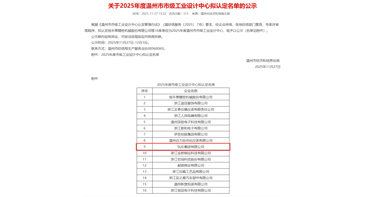What Does a Power Transformer Do?

 Site Editor
Site Editor1. Transmission voltage
We can convert the high voltage into the voltage required by the user through the power transformer.
2. Ensure safe use of electricity
It can effectively prevent dangerous situations such as fires and explosions caused by electrical failures, and ensure the safety of people's lives and property.
Each transformer uses the principle of electromagnetic induction to change the AC voltage, and realizes the safety of electricity consumption by changing the current.
3. Isolation
The high-voltage side and low-voltage side of the power system can be separated to avoid problems such as interference between devices of different voltage levels and power short circuits.
4. Impedance matching voltage
This feature is often used in electronic circuits, where impedance matching through transformers allows smooth flow of signals.
5. Phase change
By changing the phase sequence of inductors or capacitors, power transformers can generate phase-to-phase voltage or phase-to-phase voltage changes to meet the power needs of different loads.
6. Transmission and distribution of electrical energy
The electrical energy can be transmitted through the transformer, and the step-down transformer or the distribution transformer can transmit or distribute the electrical energy respectively.

What are the benefits of voltage conversion?
(1) Improve power transmission and economy
(2) Long-distance power transmission
(3) Reduce line loss and improve power transmission efficiency







